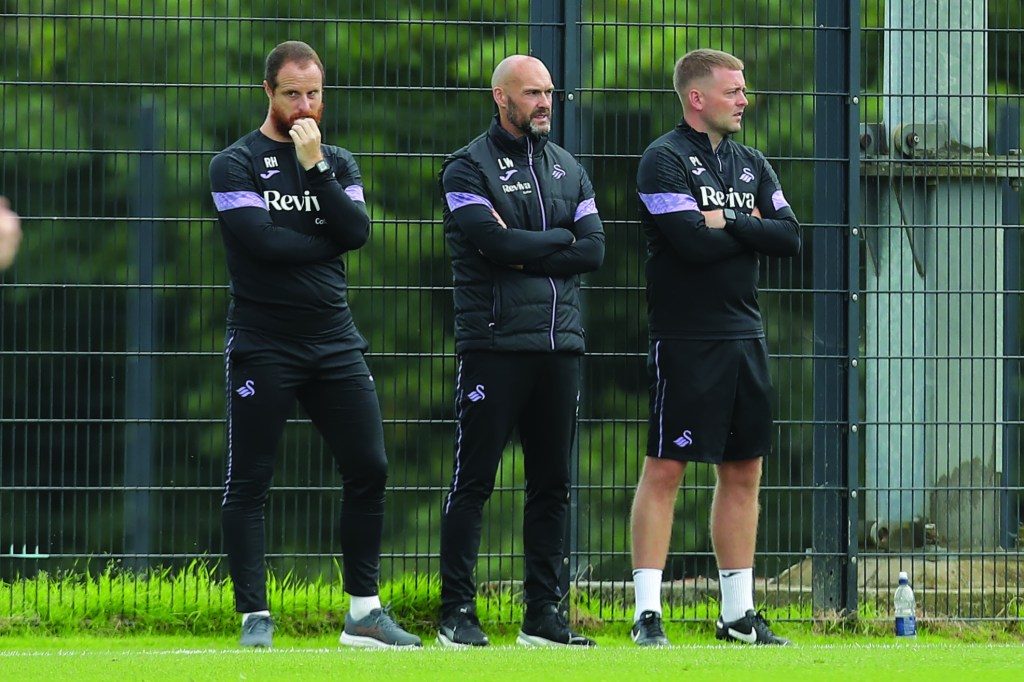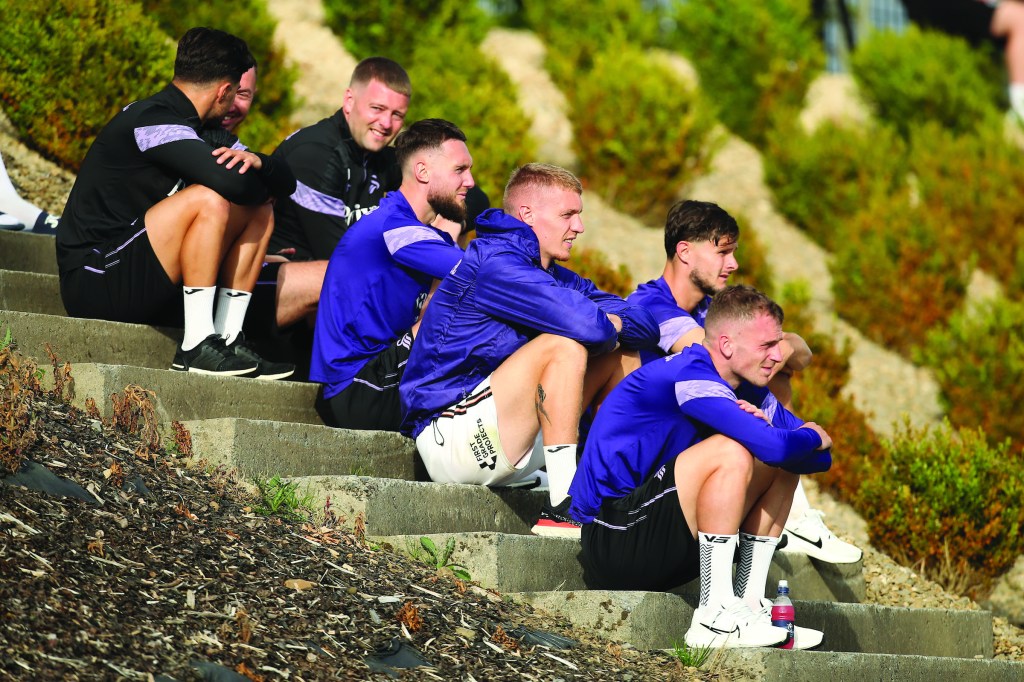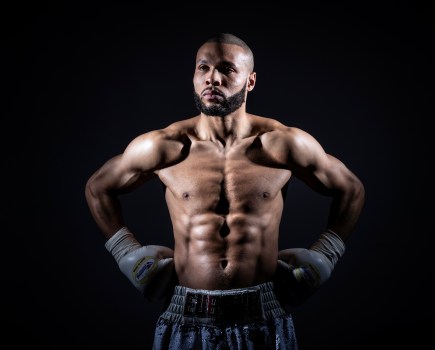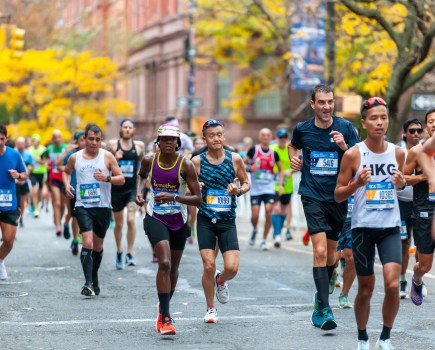With nearly 60 matches a season to contend with, recovery is paramount to performance for today’s professional footballer
A quick stretch and a pint or five. In years gone by, this may have been considered a sound post-match strategy for footballers. Yet in the modern game, recovery for a professional footballer is a completely different story.
Premier League clubs play 38 league games between August and May, while Championship clubs contend with 46 league games a season. When you factor in cup matches and European football, some teams can compete in excess of 60 games a season.
Professional outfield footballers are said to cover around 10 kilometres over 90-plus minutes, while also being expected to train around four times per week. The bottom line is that footballers have to be able to recover from intense activity – and fast.
Welsh flyers
Once close to falling out of the league system altogether, Swansea City are currently the most successful club in Wales with a passionate global fanbase spread from Llanelli to Los Angeles.
While they currently play in the EFL Championship, the Swans enjoyed a seven-year run in the Premier League from 2011, winning the League Cup in 2013 and storming the Europa League the following season.

One of the backroom staff supporting Swansea’s current campaign to return to the top flight is Patrick Orme, head of sports science at the club. Originally from Liverpool, Patrick spent over seven years at Bristol City, before joining the Swans a year ago.
Getting game-ready
With such an intense schedule, having each player ready for the next game is paramount, which is why Patrick takes a no-nonsense holistic approach to preparing his team. Yet with a cutting-edge facility and a myriad recovery tools at his disposal, what does he deem the most important?
“The basics,” he says, before laying out his three non-negotiable pillars of recovery: sleep and rest, nutrition and hydration, and managing training load.
“The recovery process starts immediately after the game,” Patrick explained. “As soon as the players walk off the pitch, they receive a recovery shake that’s tailored to the individual by a nutritionist. It includes a source of protein, but the focus in this shake is more on carbohydrates to quickly replenish the energy stores lost during the match.”
Water, water, everywhere
Alongside this, players will be rehydrating. The average footballer is likely to lose upwards of a litre of water through sweat during a game, although good hydration is about more than just match day. Patrick explained the club’s novel way of monitoring hydration through the week.
“In our urinals, we use InFlow sensors that give a reading of the player’s hydration – green, amber and red lights offer players an idea of their levels. It sounds strange to say, but the toilet can get some good conversations going. You’ll hear them celebrating having three green lights in a row, or saying they need to drink more as they’ve just had two reds.”
“We try to make it easy for everyone to stay hydrated as it underpins everything else we do,” he adds. “We have posters around the facility to remind players to drink, there are drinks fridges all around the training ground, and juice and smoothie stations at mealtimes.”

Sleep is king
After refuelling and rehydration, focus turns to what Patrick deems the most important recovery fundamental: rest.
He emphasised that rest and sleep are imperative for recovery, both physically and mentally. Yet while drifting off to sleep may come easier after a midday game at home in South Wales, more consideration has to be given to away games, particularly at night.
“After an away game, we get the players onto the bus as quick as we can so that they can eat then get home to sleep,” Patrick said. “We encourage good sleep hygiene, but will also use natural supplements such as SIS Rest+ Juice to promote the onset of sleep.”
5 ways to recover like a professional footballer
Recover like a footballer
Prioritise sleep
Whatever your game, it’s crucial to get enough quality sleep after performance. Develop a good sleep hygiene routine, such as sleeping in a dark room, avoiding screens before bed, and shutting out noise. Add natural sleep supplements as required, especially if you train or compete at night.
Recover with carbs
Replenish your glycogen levels by taking a recovery shake with ample carbs straight after training, adding protein to aid recovery. Then aim to eat a balanced meal involving carbohydrates and protein within two hours of finishing.
Manage your training load
As Patrick says: “High-level performance is not about always pushing yourself beyond your limit, but about understanding what’s optimum.” Push yourself when you can, but listen to your body and go easier on the days when you aren’t feeling 100%.
Stay hydrated
You may not have the gamified pee-tracking capabilities of Swansea City, but you can maintain hydration by making it effortless. Follow Patrick’s lead by leaving yourself reminders to drink and have water within easy reach at all times.
Tailor your treatments
When you’ve nailed the basics (nutrition, rest and training load), you can then enjoy the accessory treatments that you feel work best for you. There’s no magic solution, so try everything from deep tissue massage and ice baths to Tecar therapy. Note what makes you feel better – and what doesn’t.






